Imagine a lifestyle where the boundaries between indoor and outdoor living blur, where you can sip your morning coffee while feeling the gentle caress of a breeze, or host an al fresco dinner party that seamlessly flows from the kitchen to the patio. Integrating outdoor living spaces with home interiors has gained immense popularity, transforming houses into holistic sanctuaries that celebrate the beauty of nature and provide a seamless transition between the indoors and outdoors.
In this insightful guide, we look into the art of creating a harmonious connection between your indoor and outdoor worlds, exploring techniques, benefits, and creative ideas to enhance your living experience.
Why integrate outdoor living spaces?
Integrating outdoor living spaces with home interiors isn’t just a trend; it’s a design philosophy that aligns with our innate desire to connect with nature. This integration offers a myriad of benefits that go beyond aesthetics, including:
Expanded Living Area: Integrating outdoor spaces effectively expands your usable living area, providing versatile spots for relaxation, dining, and entertainment.
Connection to Nature: Being surrounded by nature has been shown to reduce stress, enhance well-being, and improve mood. Integrating outdoor spaces allow you to experience the soothing effects of nature without leaving your home interior.
Enhanced Entertaining: Seamlessly connecting indoor and outdoor spaces allows for effortless hosting of gatherings and events. Guests can move freely between areas, creating a fluid and dynamic social experience.
Increased Natural Light: Integrating outdoor spaces introduces more natural light into your home, reducing the need for artificial lighting and creating a brighter, more inviting ambiance.
Healthy Living: Outdoor spaces can serve as hubs for physical activities, from yoga to gardening, promoting an active and healthy lifestyle.
10 Outdoor Living Space Ideas
Here is a diverse range of outdoor living spaces that can be thoughtfully integrated with your home interiors, opening a door to a new dimension of living.
1. Tranquil Terraces:
A private terrace is a tranquil haven that seamlessly blends indoor comfort with outdoor serenity. Whether attached to a bedroom or a living area, a well-designed terrace can serve as an oasis of relaxation. Consider placing cozy outdoor seating, lush plants, and even a small water feature to create an enchanting retreat.
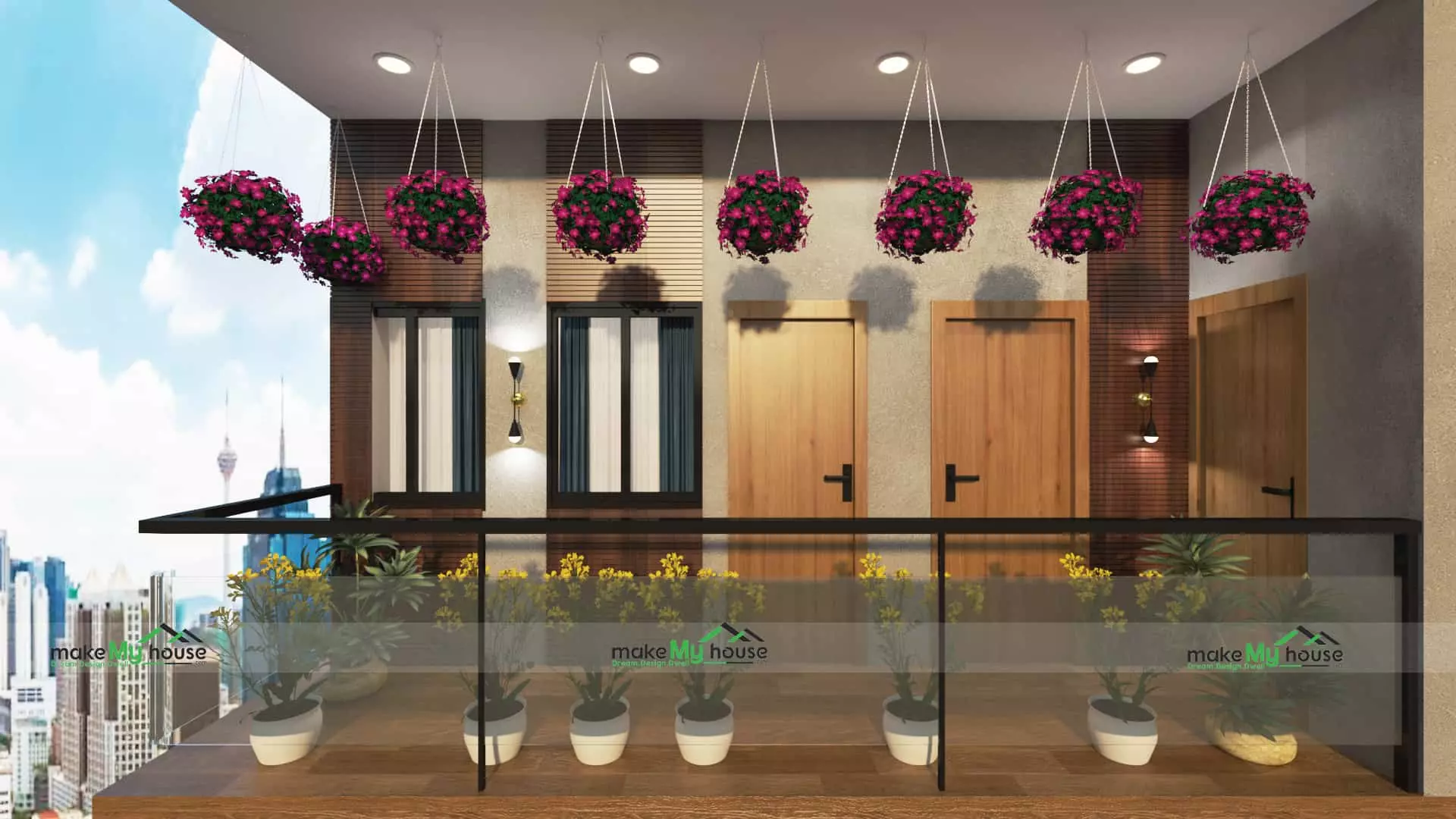
2. Inviting Patios:
A patio can be an extension of your living or dining room, offering a space for leisurely outdoor meals or vibrant gatherings. Integrating a patio with your home interiors allows for a smooth transition between indoor and outdoor entertaining, enhancing the overall flow of your home.
3. Enchanting Courtyards:
A central courtyard can be a captivating focal point that brings light and greenery into your home. It serves as a natural ventilation source, bathing your home interiors in sunlight and fresh air. Surround the courtyard with large windows or glass doors to maintain a visual connection.
4. Rooftop Retreats:
Transform your rooftop into a breathtaking oasis where you can escape the hustle and bustle of daily life. A rooftop terrace can be designed for various activities, from gardening to starlit dinners. Incorporate comfortable seating, potted plants, and even a small outdoor kitchen for a versatile experience.
5. Cozy Balconies:
Balconies are intimate outdoor spaces that can be seamlessly integrated with bedrooms or studies. They offer a quiet respite for relaxation or reading. Enhance your balcony with comfortable seating, soft lighting, and plants to create a soothing retreat.
6. Lush Gardens:
A well-designed garden can be an extension of your living space, blurring the boundaries between indoor and outdoor realms. Integrate large windows or glass walls to frame your garden, allowing its beauty to become an integral part of your home interiors.
7. Poolside Paradises:
If you have a pool, integrating it with your home interiors can create a resort-like atmosphere. Large sliding glass doors or folding panels can provide unobstructed views while maintaining a sense of privacy.
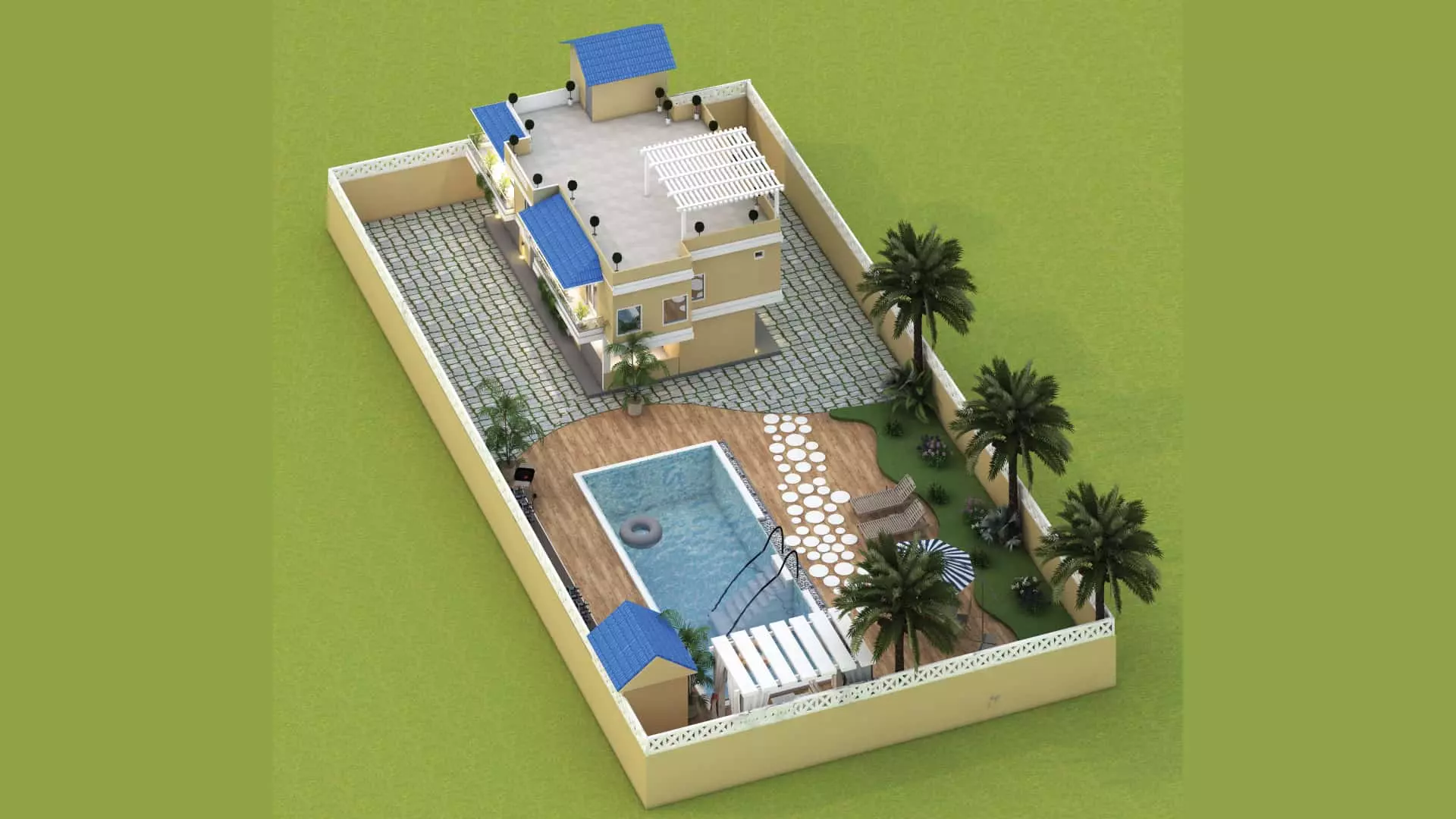
8. Entertaining Courtyards:
A spacious courtyard can become a versatile entertainment hub. Furnish it with outdoor seating, a dining area, and even a barbecue station. Proper design lets your courtyard seamlessly transition from a tranquil sanctuary to a lively gathering space.
9. Zen Meditation Spaces:
Integrate a peaceful meditation or yoga area into your home’s design. This can be a corner of your garden, a rooftop terrace, or even a dedicated room. Open up the space with large windows or sliding doors to invite natural light and a sense of calm.
10. Outdoor Kitchens and Dining Areas:
An outdoor kitchen and dining area are perfect for those who love to entertain. Integrate these spaces with your indoor kitchen and dining room to facilitate easy movement and a cohesive entertaining experience.
Integrating outdoor living spaces with home interiors transcends traditional design boundaries, inviting nature’s beauty into your daily life. By creatively incorporating various outdoor spaces into your home’s layout, you can create a sanctuary where the distinction between inside and outside becomes beautifully blurred, and each space complements and enriches the other. This innovative approach to design offers a glimpse into a lifestyle that celebrates the beauty of both built environments and the natural world.
Frequently Asked Questions about Outdoor Living Spaces and Home Interiors
Q: What are the benefits of integrating outdoor spaces with home interiors?
A: Benefits include expanded living areas, increased natural light, a closer connection to nature, enhanced entertaining options, improved well-being, and the creation of versatile spaces for relaxation and activities.
Q: How can I ensure a smooth flow between indoor and outdoor spaces?
A: Use design elements like large sliding glass doors, bi-fold panels, or consistent flooring materials to maintain a visual and functional connection. Arrange indoor furniture to face outdoor spaces for a natural flow.
Q: Are there specific design considerations for weather protection?
A: Yes, depending on your climate, incorporate features like pergolas, retractable awnings, outdoor heaters, and weather-resistant materials to ensure year-round functionality and comfort.
Q: Can outdoor spaces be integrated into smaller homes?
A: Absolutely. Even in compact homes, integrating a balcony, terrace, or a small garden can create a sense of openness and connection to the outdoors.
Q: How do I ensure privacy when integrating outdoor spaces?
A: Consider using landscaping, screens, pergolas, or strategically placed partitions to create privacy while maintaining a visual connection between indoor and outdoor areas.







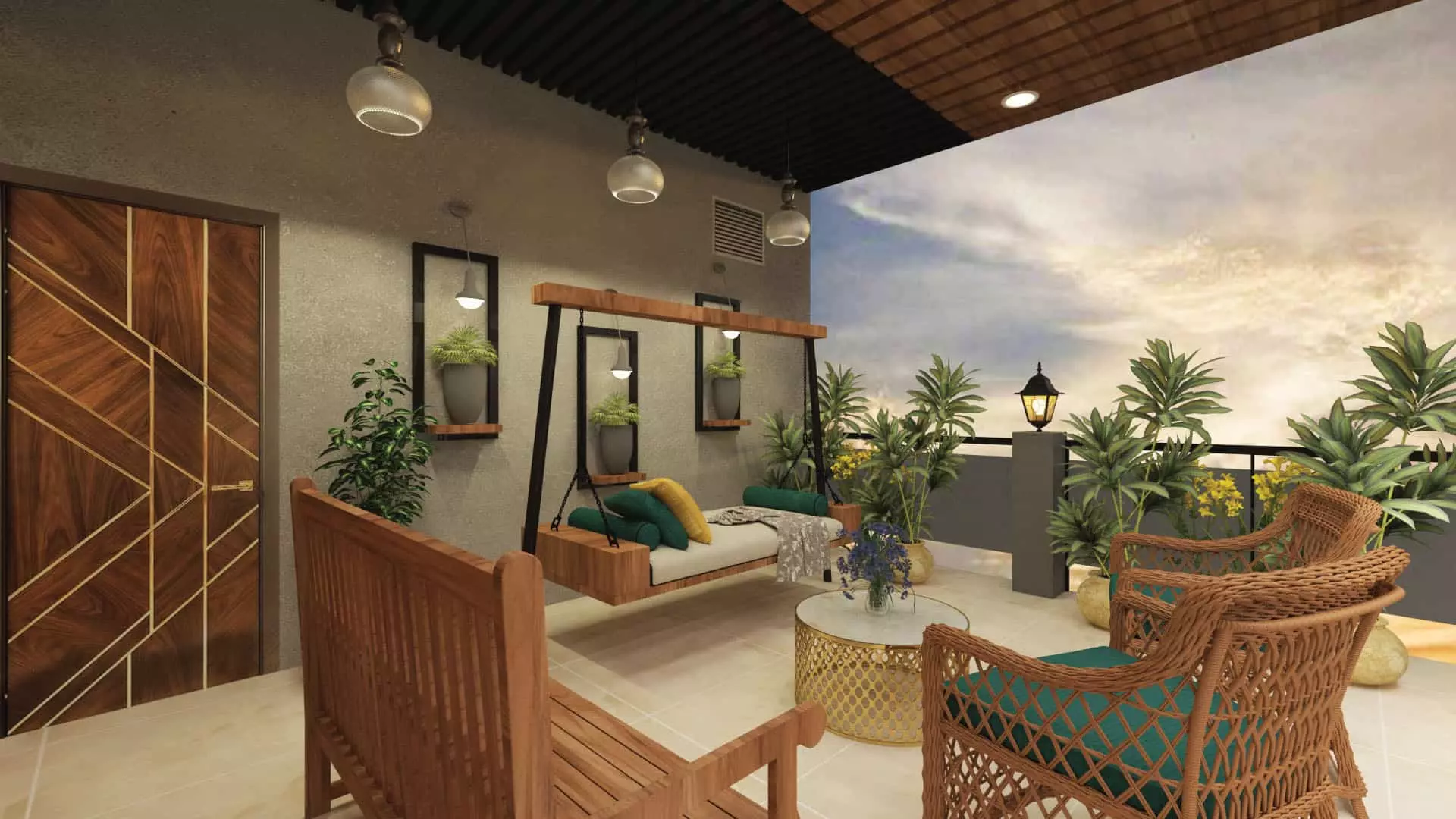
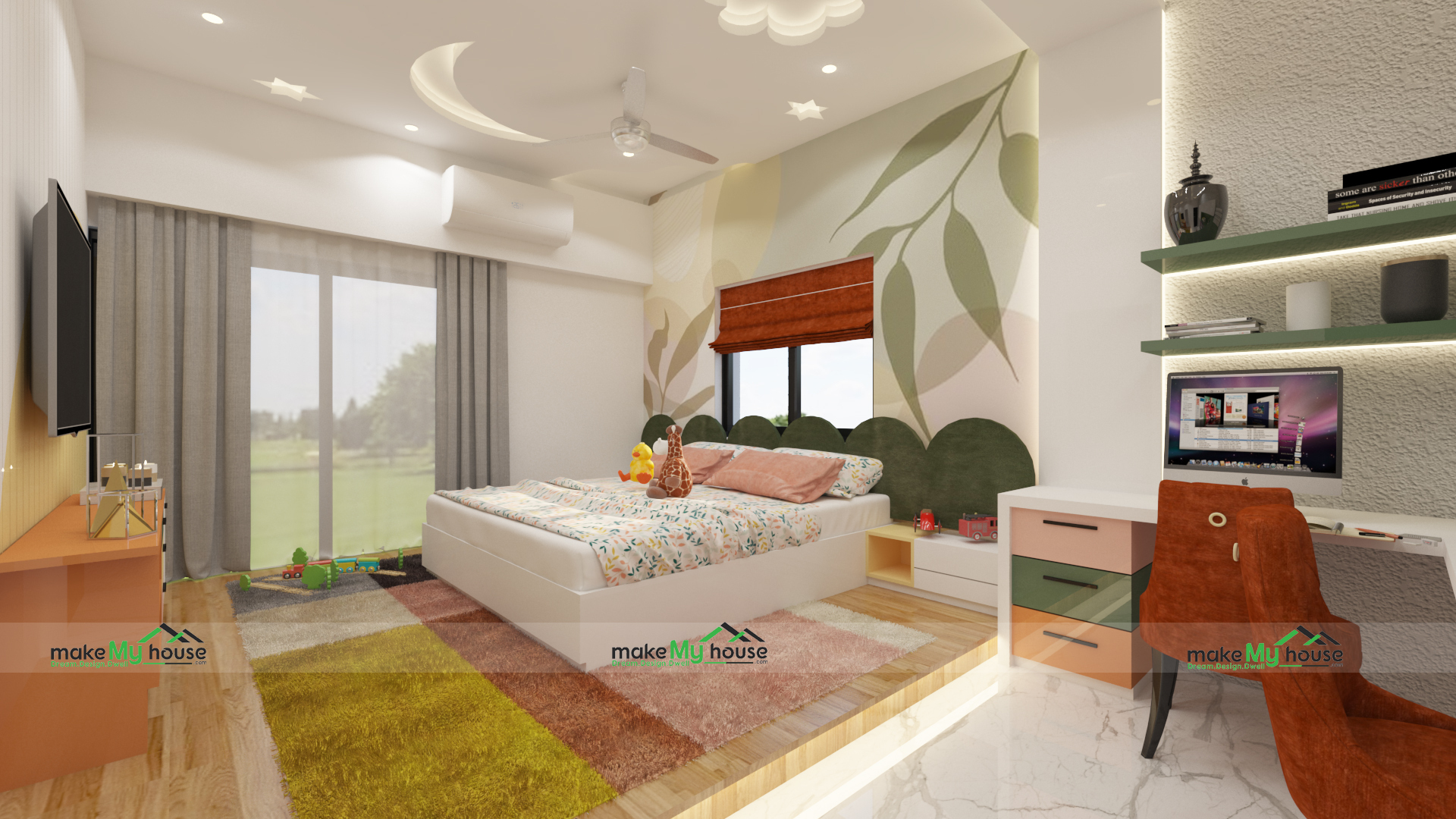

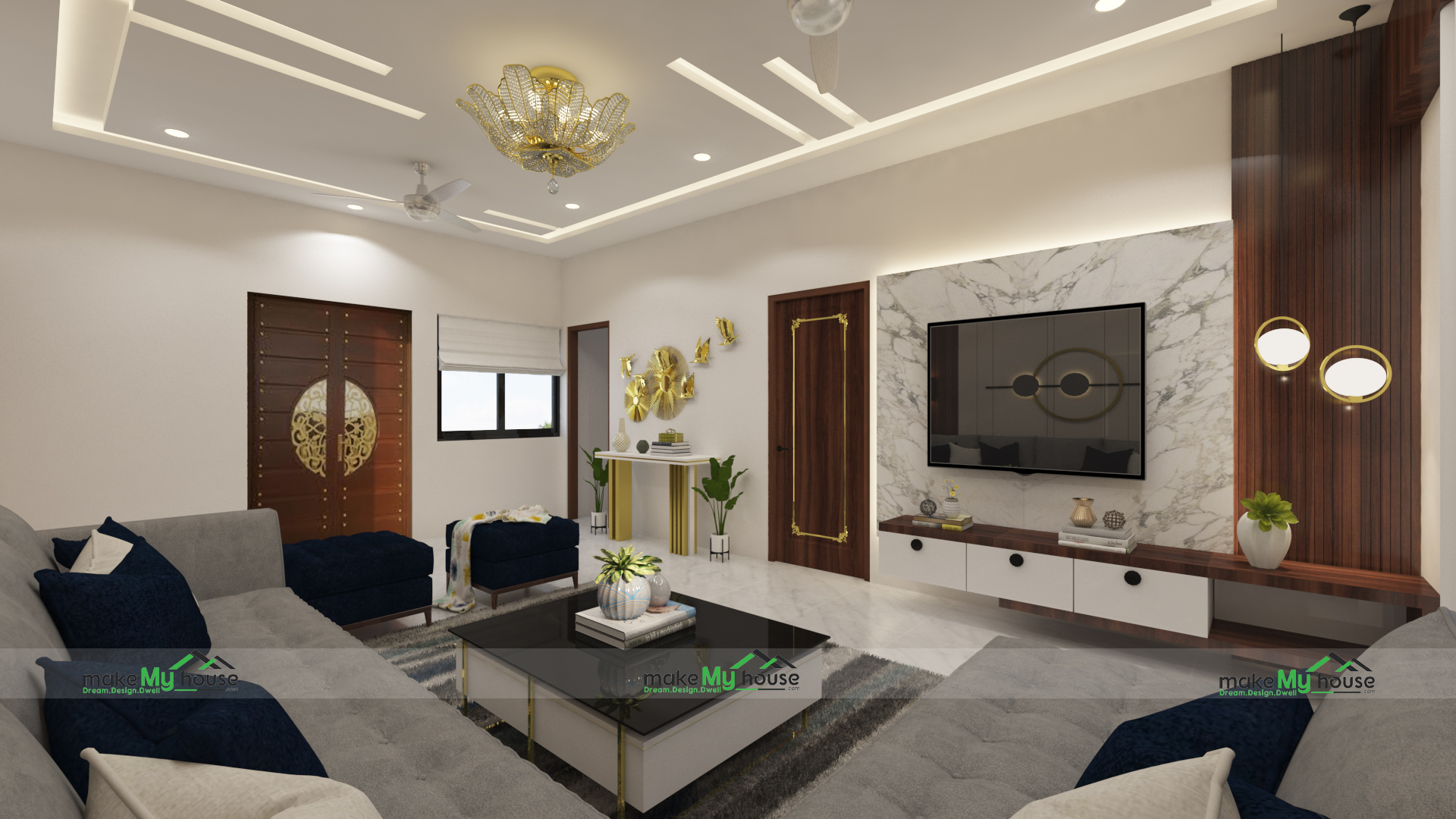
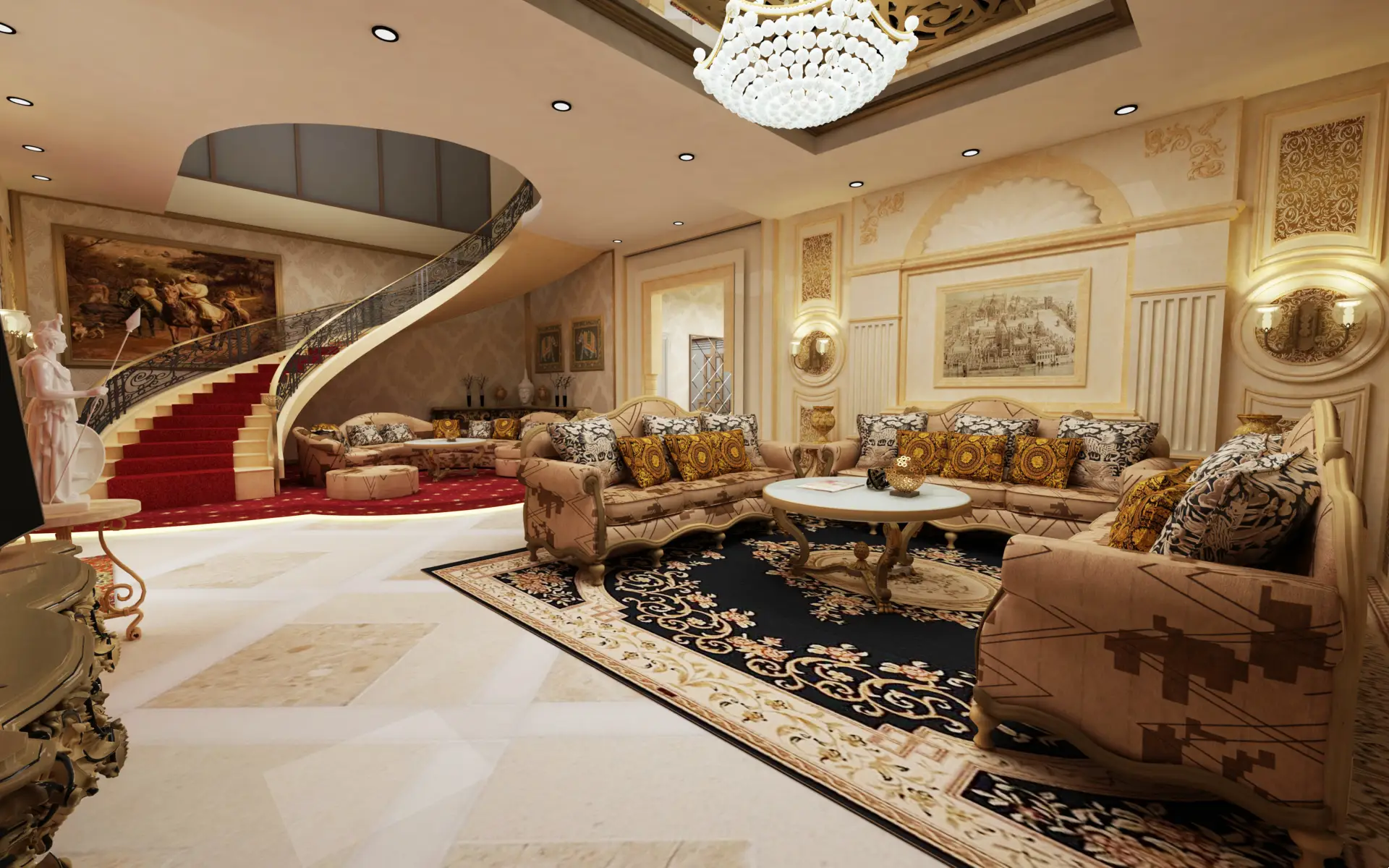
One thought on “A Guide to Seamlessly Integrate Outdoor Living Spaces”